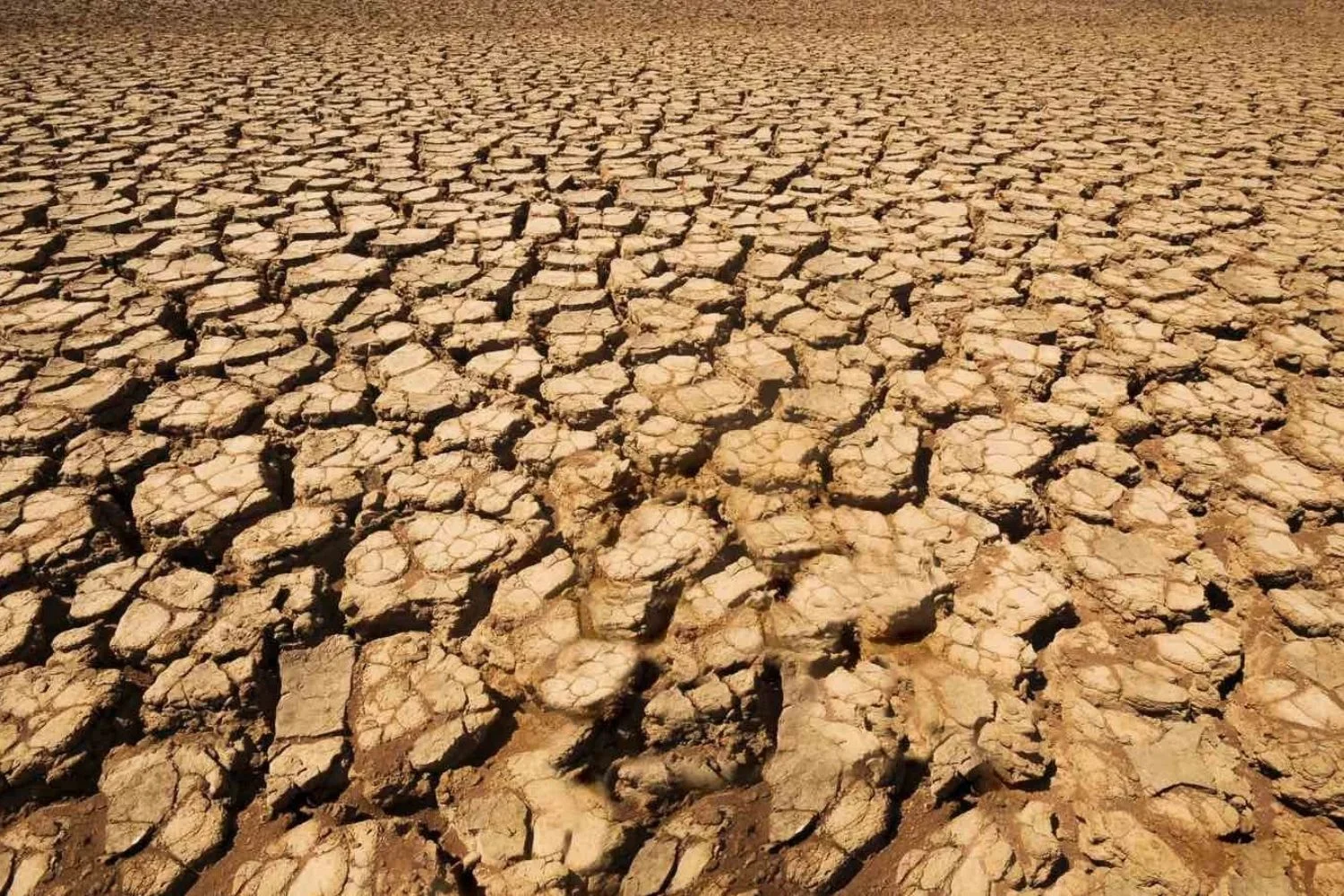Page Menu
Herrera
Herrera is often called Panama’s cowboy country, a landscape of dusty savannahs, rolling pastureland, and whitewashed colonial towns. The province is widely recognized as the nation’s cultural heartland, home to traditional music, iconic dress, and centuries-old artisanal crafts. Life here moves at a deliberate pace, with local celebrations, markets, and workshops keeping long-standing traditions alive. The mix of pastoral landscapes and historical towns creates a distinctive rhythm that reflects both Herrera’s colonial roots and its enduring local culture.

Chitré and Nearby Towns
The provincial capital, Chitré, anchors Herrera with its leafy central park and the 18th-century church of San Juan Bautista, known for stained-glass windows and intricately carved mahogany details. A short drive from Chitré, towns such as La Arena and Parita produce pottery, festival masks, and other handicrafts, while Ocú specializes in polleras, straw hats, and fine embroidery. These communities preserve the province’s artistic heritage, offering visitors a direct connection to centuries-old techniques and celebrations.
Coastal and Ecological Highlights
Beyond the towns, Herrera’s coast and wetlands reveal another side of the province. Playa el Agallito is a hotspot for migratory birds, while the nearby Alejandro von Humboldt Ecological Station supports ornithological study. The Cenegón del Mangle refuge protects mangrove forests and a variety of wildlife, including herons, anhingas, and caimans. Parque Nacional Sarigua, though semi-arid and historically overgrazed, still sustains pockets of native flora and fauna, illustrating both the challenges and resilience of Herrera’s natural landscapes.
What to do in Herrera Province
- Cultural visits
- Festival participation
- Artisan workshops
- Horseback riding
- Birdwatching
- Wildlife observation
- Beach exploration
- Scenic drives
- Historical tours

What is the Weather Like?
Herrera experiences a semi-arid climate, with most rainfall occurring between June and August. Dry months from September to May provide warm, sunny conditions, ideal for exploring both inland towns and coastal wetlands. Coastal breezes moderate the heat, while inland areas can reach higher daytime temperatures.
Getting There
Chitré, Herrera’s provincial capital, is easily reached via regional flights from Panama City’s Albrook Airport in under an hour. Overland travel along the Interamerican Highway takes roughly 3.5 hours. Herrera is conveniently positioned for visitors combining trips to the Azuero Peninsula, Coclé, and Panama’s Pacific coast.
Start your journey today
LANDED delivers the finest in custom, private travel to Central America, South America, and Antarctica. These regions are our passion; we know them first-hand and by heart. Speak with one of our travel designers and let us create a tailored itinerary for you in Peru’s North Coast.
How to combine Herrera Province
Have some extra time? Here are some options for you to combine with.






